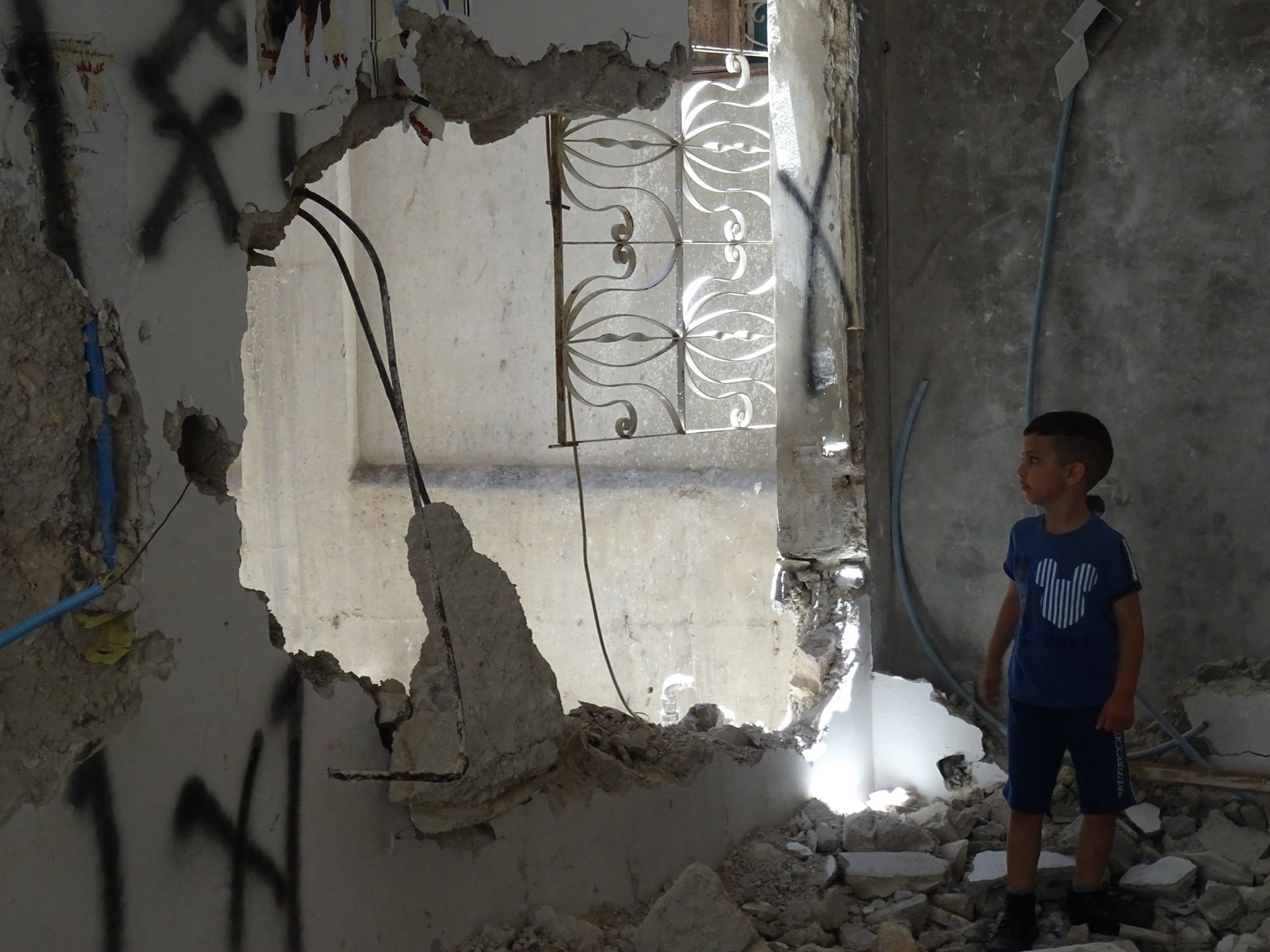Tag: House Demolition
-
Israeli military demolishes two houses, injures five Palestinians with live ammunition in Qalandia Refugee Camp
7th July 2016 | International Solidarity Movement, al-Khalil team | Qalandia Refugee Camp, occupied Palestine The holy month of Ramadan has come to an end. But in Palestine, as in Iraq, Syria, Turkey and too many other places, Muslim families are not able to enjoy this special time of the year in peace and comfort.…
-
Continuous restrictions of the freedom of religion in Hebron
21st June 2016 | International Solidarity Movement, al-Khalil team | Hebron, occupied Palestine Today, 21st June 2016, Israeli forces delayed and stopped several Palestinians on their way to noon-prayer at Ibrahimi mosque in occupied al-Khalil (Hebron). During the last few days, Israeli forces have been stopping, checking and delaying Palestinians at several checkpoints in the…
-
The three minute warning…..
18th May 2016 | International Solidarity Movement, Al-Qud team |Al-Quds, Occupied Palestine On Wednesday we sat with Abu Sadam in the rubble of all that remains of his family’s house, in Hisbet Wadi Joz, East Jerusalem. Early Tuesday morning at about 2am occupying forces arrived with a digger to demolish the house. The Israeli authorities…


